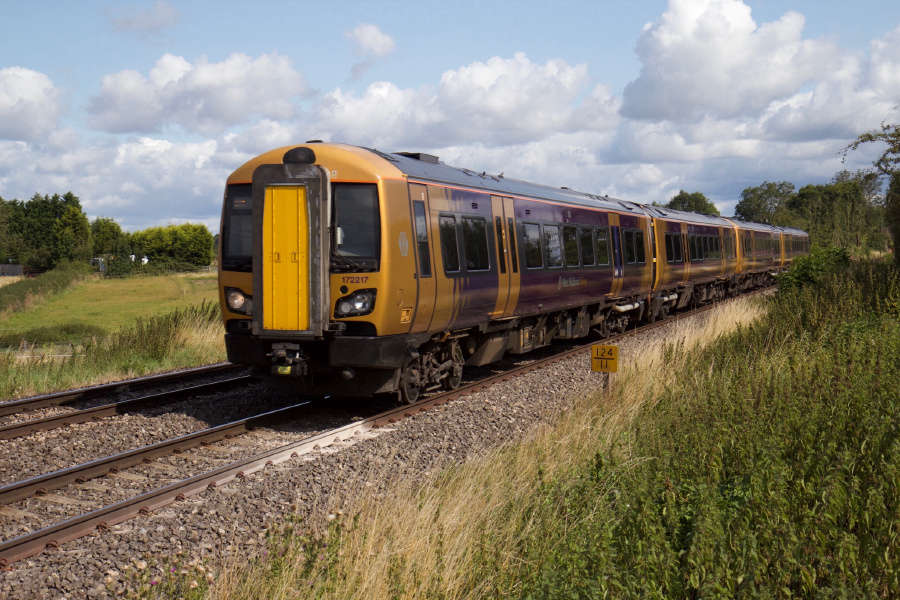
Plans to grow and develop the region’s rail network over the next 30 years are to be revised following the Covid 19 pandemic.
The updated draft West Midlands Rail Investment Strategy sets out how the region’s rail sector plans to tackle challenges like post-pandemic recovery, maximise the benefits of HS2 and contribute to achieving net zero carbon targets.
Like the first strategy, issued in 2018, key elements remain the continued development of HS2 and the delivery of the Midlands Rail Hub.
Since then the new Worcestershire Parkway station has opened, and progress has also been made on the construction of five new railway stations on the Camp Hill line in Birmingham and the Wolverhampton to Walsall line, as well as the redevelopment of Coventry, Wolverhampton, Perry Barr and University railway stations.
The update also takes account of huge changes as a result of the Covid 19 pandemic including a fall in passenger numbers as a result of changing work patterns and the reorganisation of the industry through the establishment of the Great British Railway.
The draft strategy has been led by the West Midlands Rail Executive and developed with rail industry partners, including Midlands Connect and the Department for Transport and is issued today for consultation with stakeholders, businesses and communities. Following this a final draft will be presented to the WMRE Board for approval. Andy Street, Mayor of the West Midlands and chair of the WMRE said:
“We are making great progress on developing our rail network with new stations in the pipeline on the Camp Hill Line and at Darlaston and Willenhall, and working with our partners like West Midlands Trains to improve services and rolling stock.
“But there is no doubt that rail is facing challenges following the Covid 19 pandemic but this strategy shows that passenger numbers will return and it remains a crucial part of our transport network and will play a key role in tackling the climate emergency.
“Therefore we have set out how we plan to grow the network in a coordinated way over the next three decades to better connect communities to the jobs and opportunities our region has to offer.”
The draft strategy has several key ambitions including to support the region’s recovery from Covid 19, contribute to local and national net-zero carbon targets, support the levelling up agenda and maximise the benefits of HS2.
Further aims are to encourage growth in freight on rail and consider more radical proposals for the 30 year long-term – such as a rail tunnel under Birmingham city centre.
The plan sets out how passenger numbers and rail service frequencies are expected to return to pre-pandemic levels by 2026 and outlines how the network and infrastructure will need to be further developed to allow further growth. Plans include:
- A rolling programme of line electrification
- Development of the Midlands Rail hub which will create capacity for new stations and services on both regional and local routes, such as on the Sutton Park line through north-east Birmingham and more services linking Birmingham and Coventry to Worcester and the east Midlands
- How as London to Birmingham travellers move to HS2, the resulting spare capacity created on the West Coast Main Line could be used for improved local and regional services along the Birmingham, Coventry and Rugby corridor.
- Shuttle services on the line between Burton and Lichfield, calling at Alrewas
- And longer term the opening of the line between Lichfield and Walsall
The draft strategy, feedback survey and full details of the consultation are available at wmre.org.uk/consultation.














Comments
Add a comment